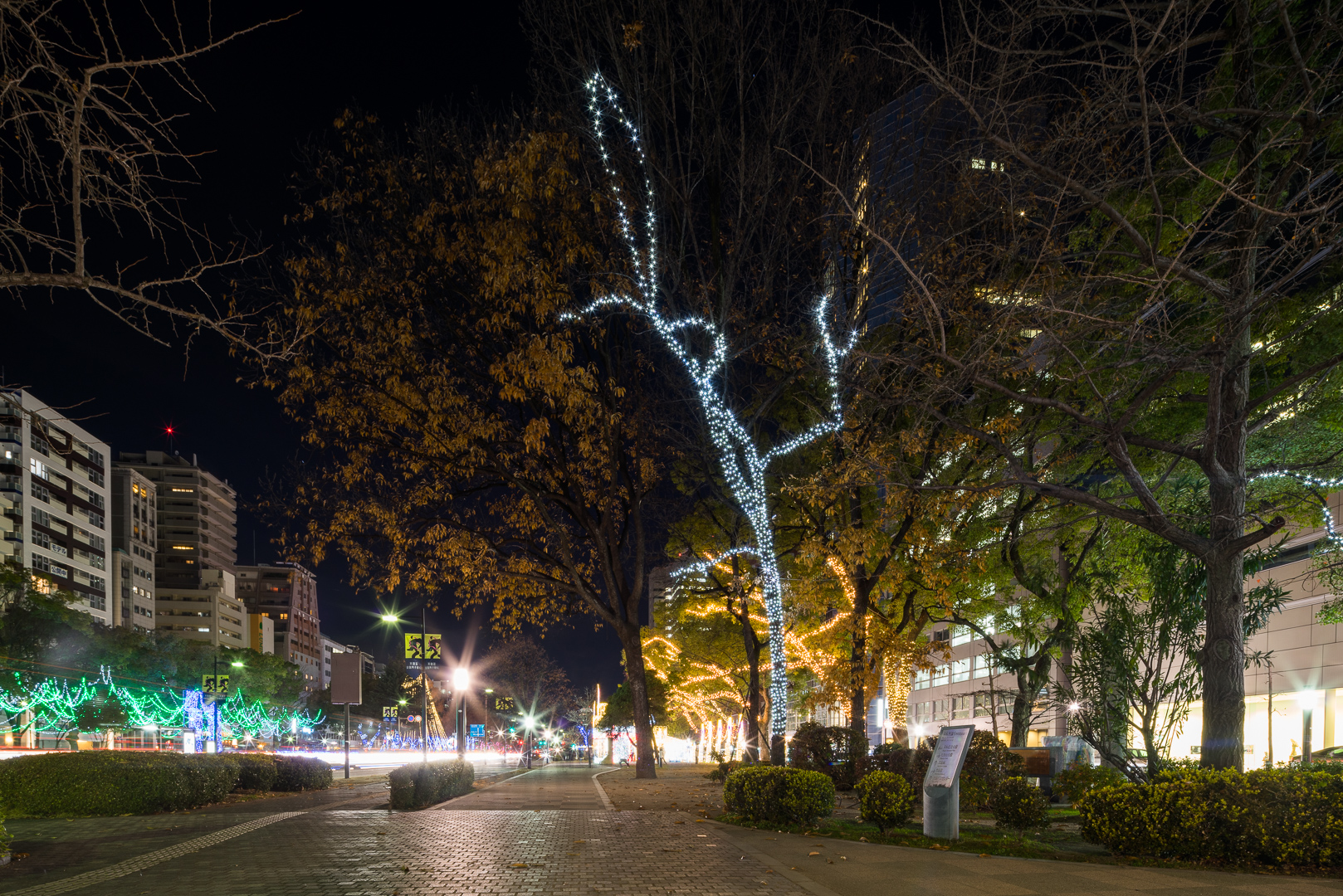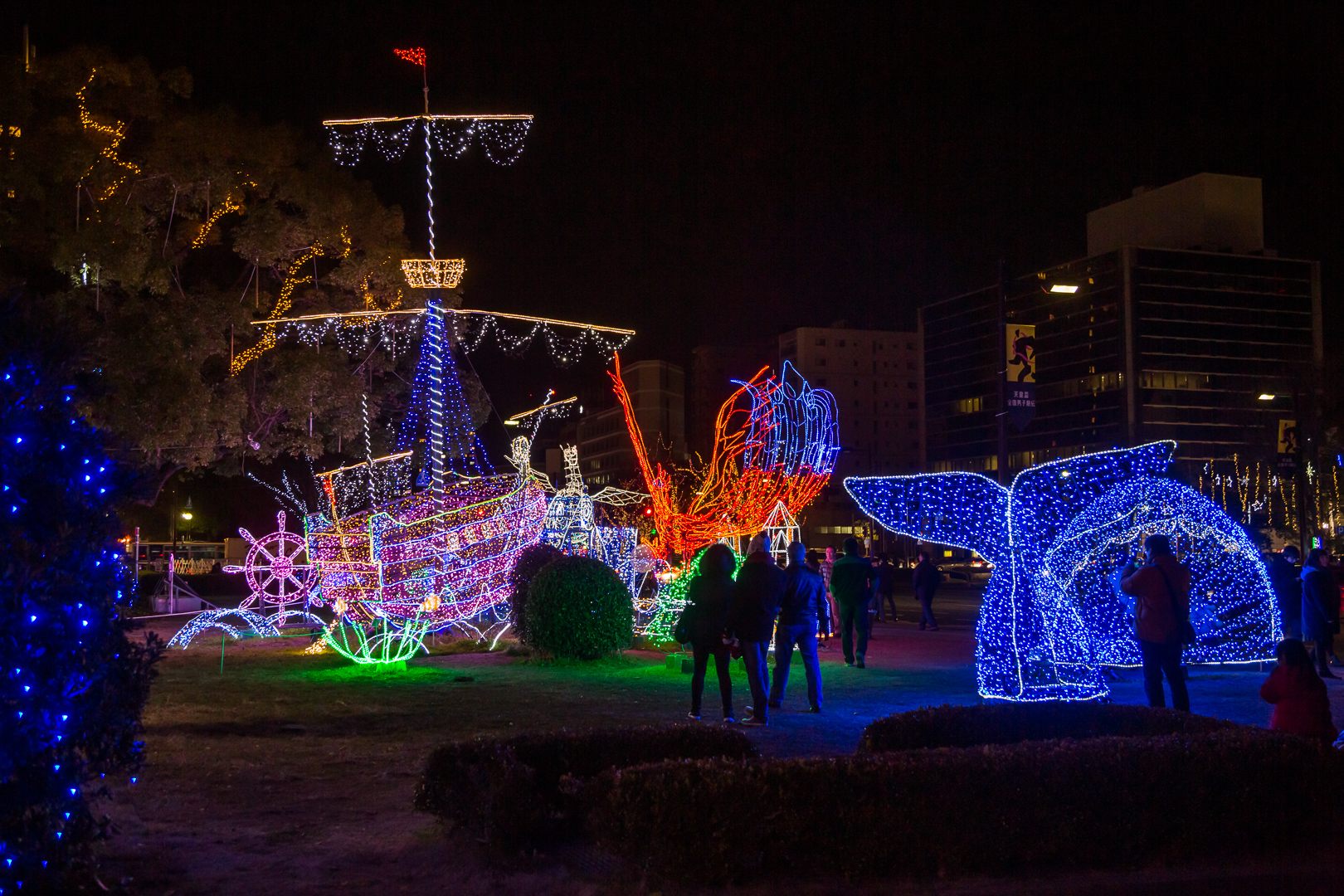Day 6 (December 26th, 2014)
It’s travel day again. We took the Shinkansen to Hiroshima. We were only brought to the station and then we could continue without guidance. The Shinkansen departs at a separate platform, which is noted on the ticket. In addition, the section in which the suitable wagon stops is written there. You just queue up there and wait. The train arrives exactly on time, you just have to get into the car and look for your seat. The train also departs on the minute. This works even if you do not understand Japanese.
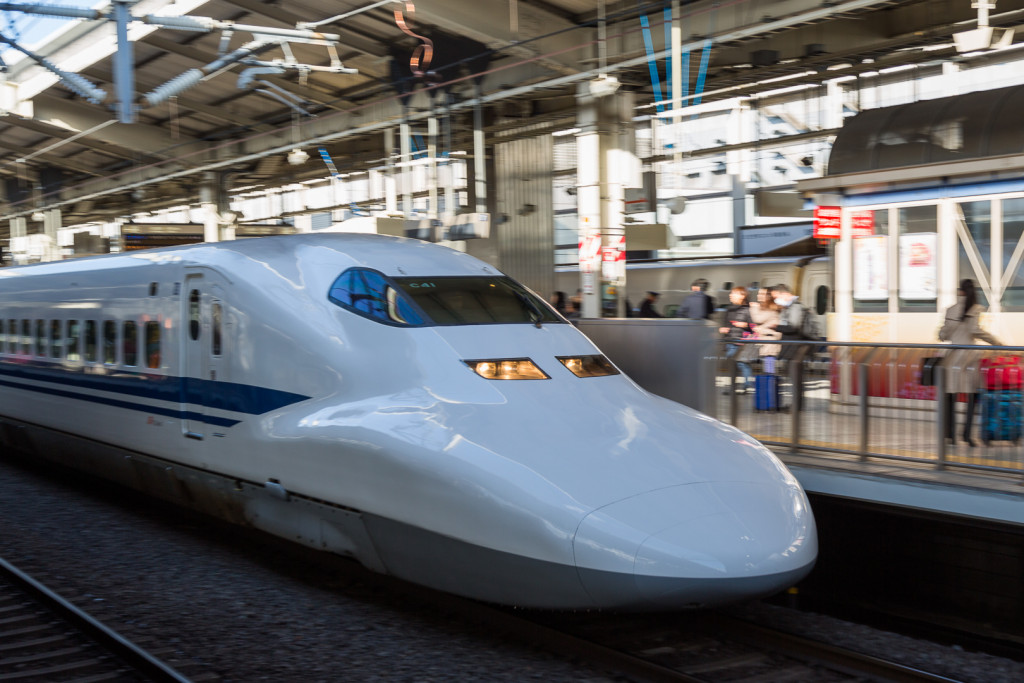
In the train itself there is quite a lot of space. A person with a kiosk car comes along regularly. You can buy something to eat and drink. It is very comfortable and well organized. The train needs about 2 hours for the 360km long distance.
Arriving in Hiroshima we were picked up by a new tour guide. First she took us to a nice restaurant with typical japanese food. Many businessmen also had lunch there. You had to take off your shoes and got slippers. If you went to the toilet you had to change your “restaurant slippers” for toilet shoes and change them back afterwards.
The food was excellent, everybody got a tray with nicely arranged food in different pretty bowls, in addition rice and of course miso soup.
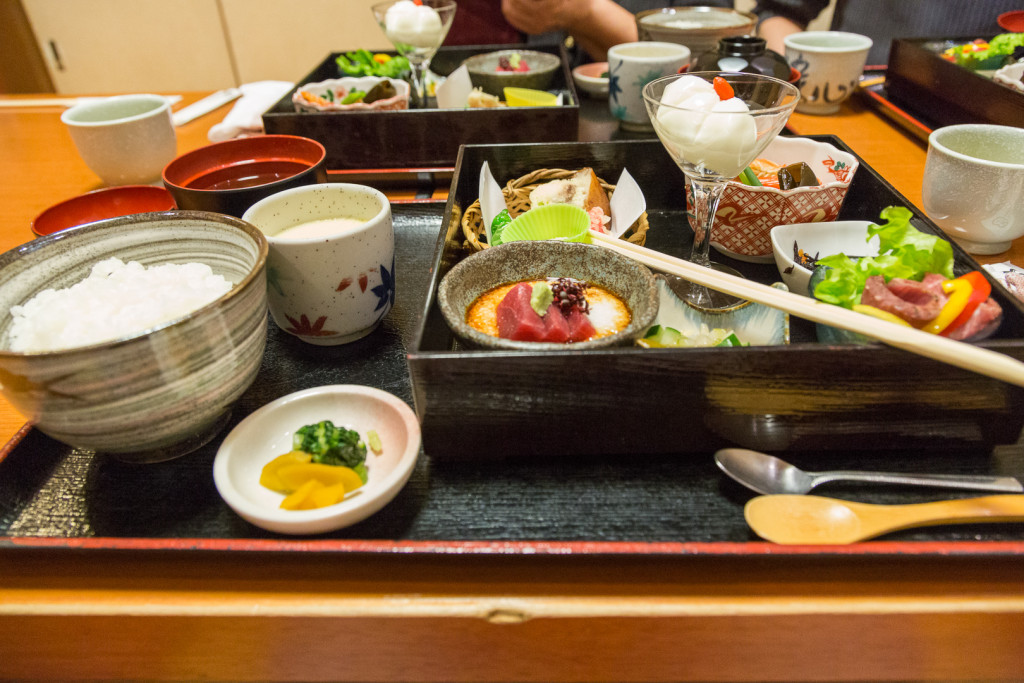
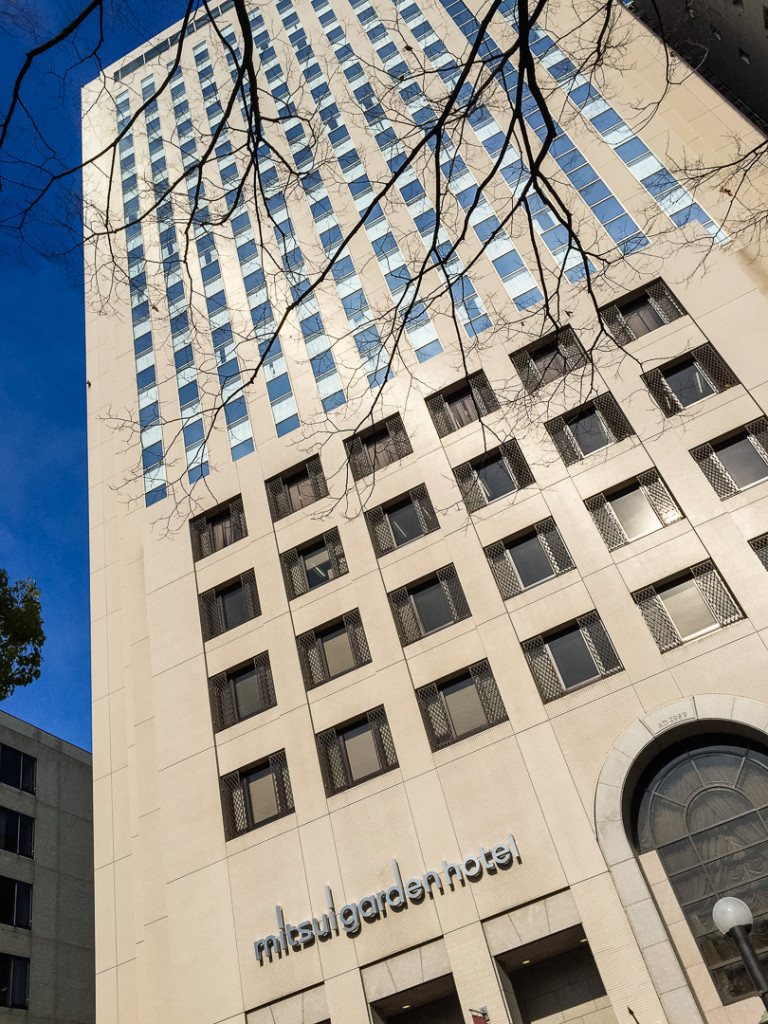
After we had checked in at the hotel, we immediately went on with the sightseeing tour.
First we visited the castle in Hiroshima. It is a multi-storey building built in pagoda style. Originally built in the 1590s, the castle was completely destroyed by the atomic bombing in 1945. The replica, built in 1958, now serves as a museum for the history of Hiroshima before the Second World War. You can try on a samurai costume there if you like. The castle was very sparsely furnished, with few chests or stools. Quite in contrast to the castles here in Europe.
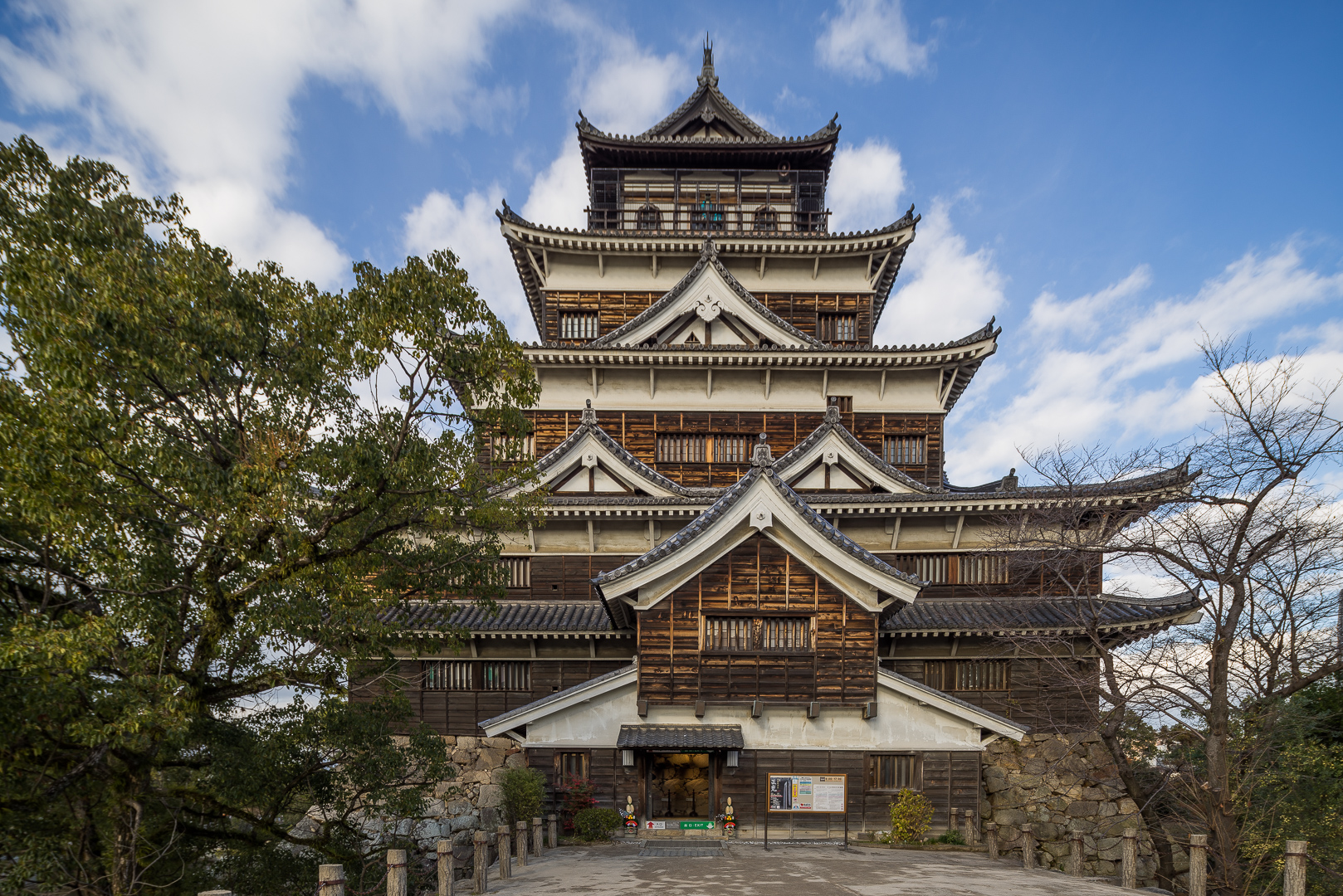
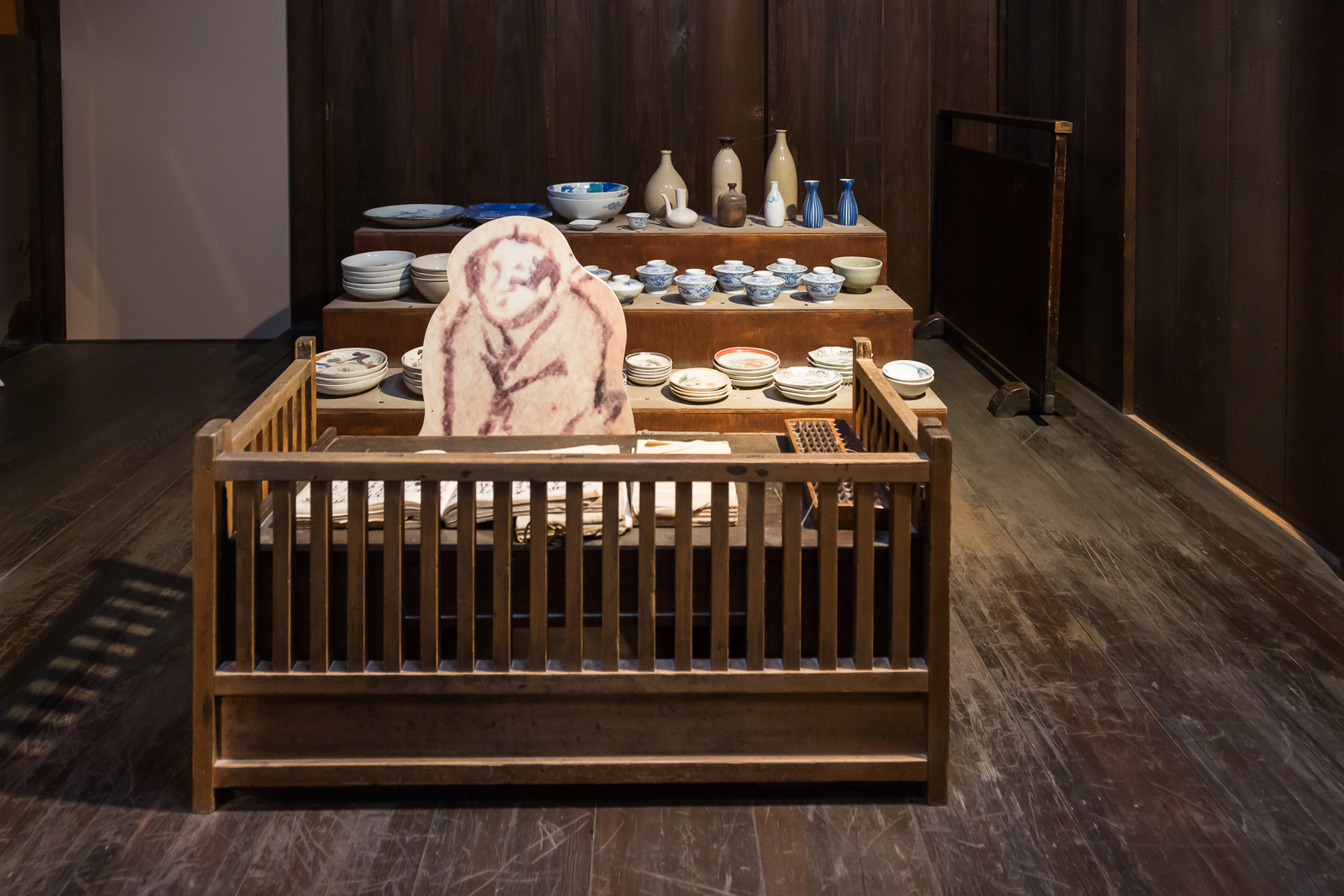
After that we went to the “Atomic dome”. This ruin was a trading centre, which was near the epicentre of the atomic bomb explosion on August 6th, 1945. It has been partially destroyed and now it stands up as a memorial. Most other buildings in Hiroshima at the time of the atomic explosion were made of wood and were completely destroyed. To see the ruins was quite disturbing. Unfortunately at the time of our visit it was surrounded by scaffolding for renovation.
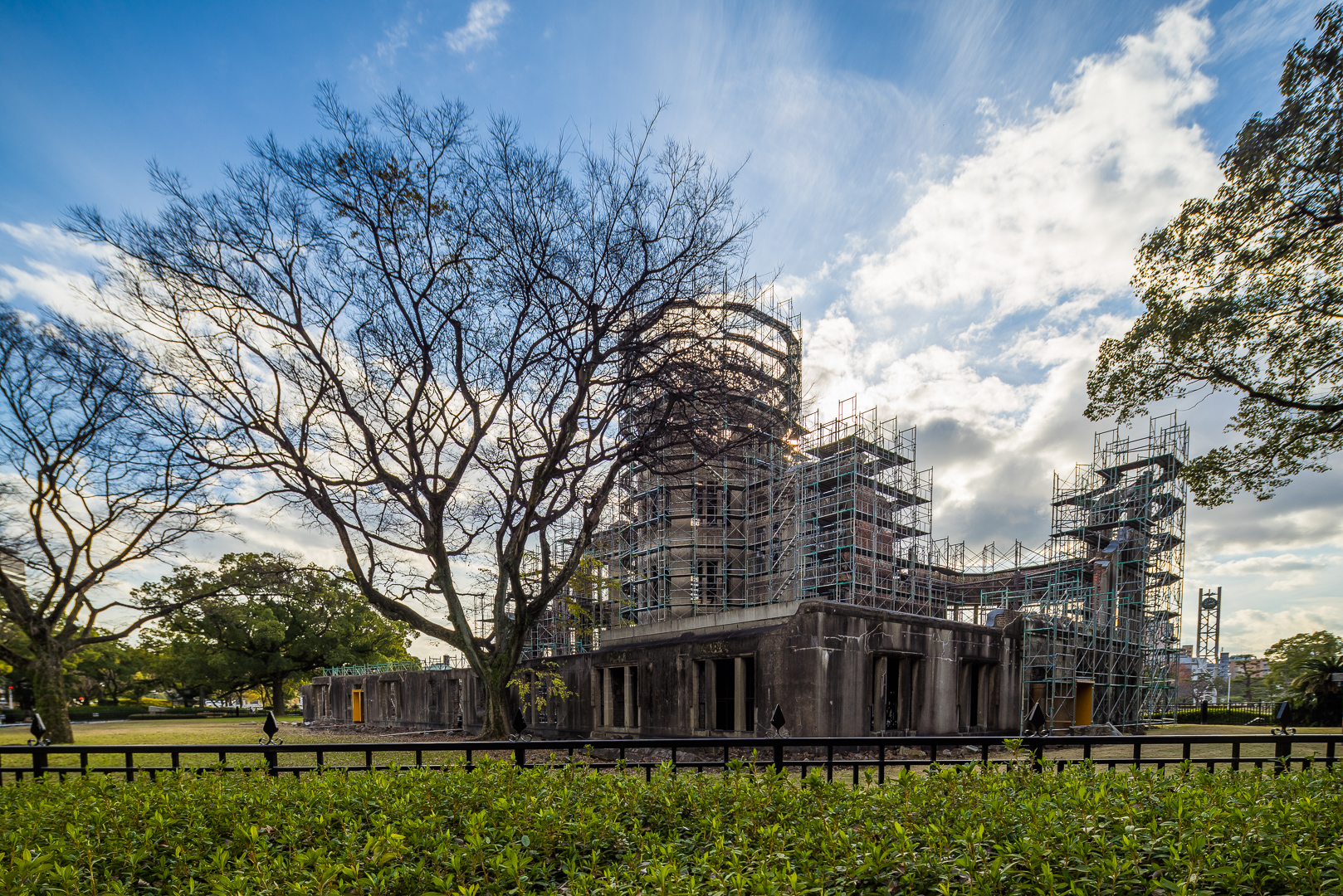
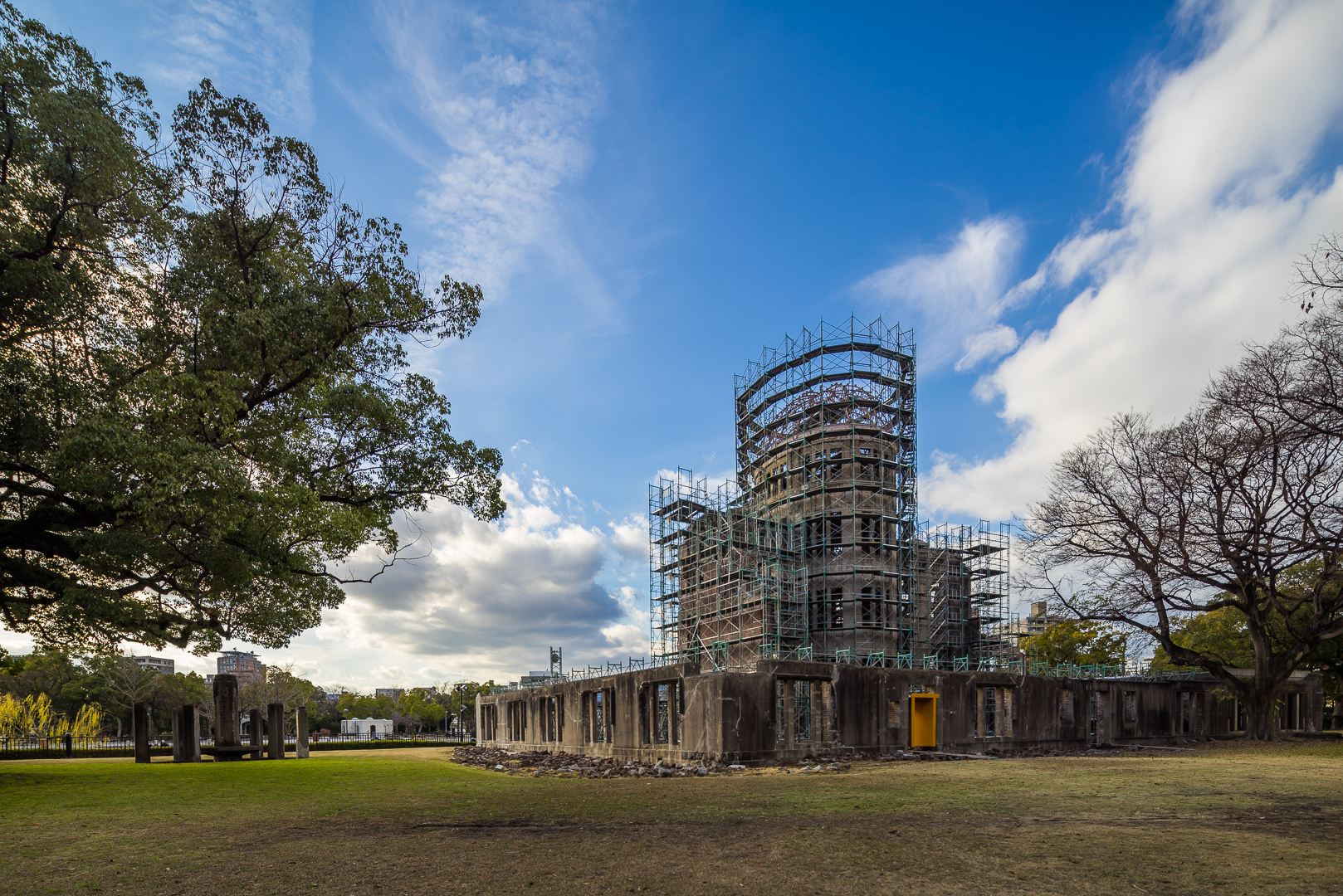
Nearby we visited the Peace Memorial Museum. Many fates of the inhabitants of Hiroshima are described, as well as the exact sequence of the atomic bomb explosion. Several exhibits lay half charred in a display case, among others a clock that had stood still and thus forever shows the exact time of the explosion (8:16 am). We rarely experienced such a silence in a museum.
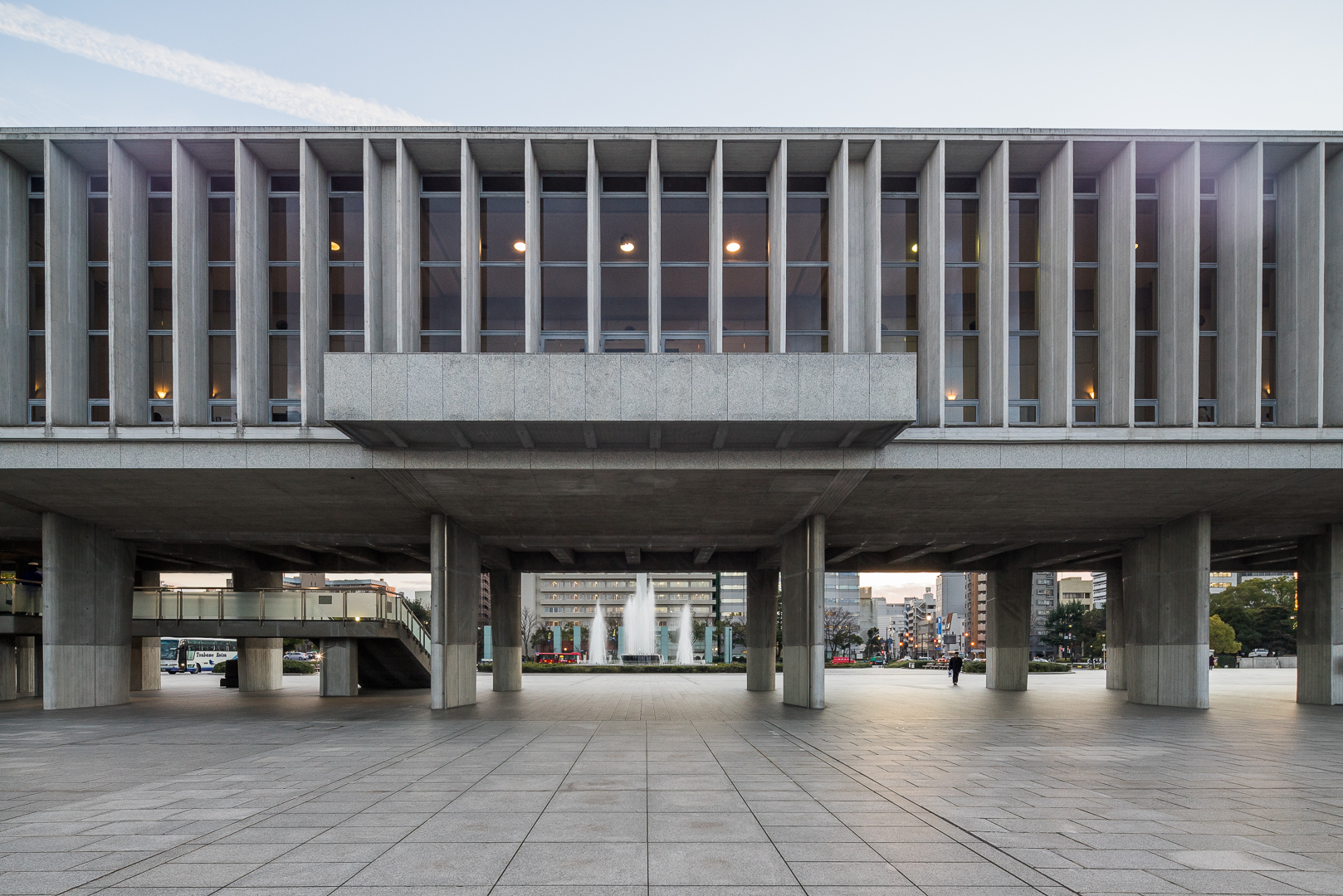
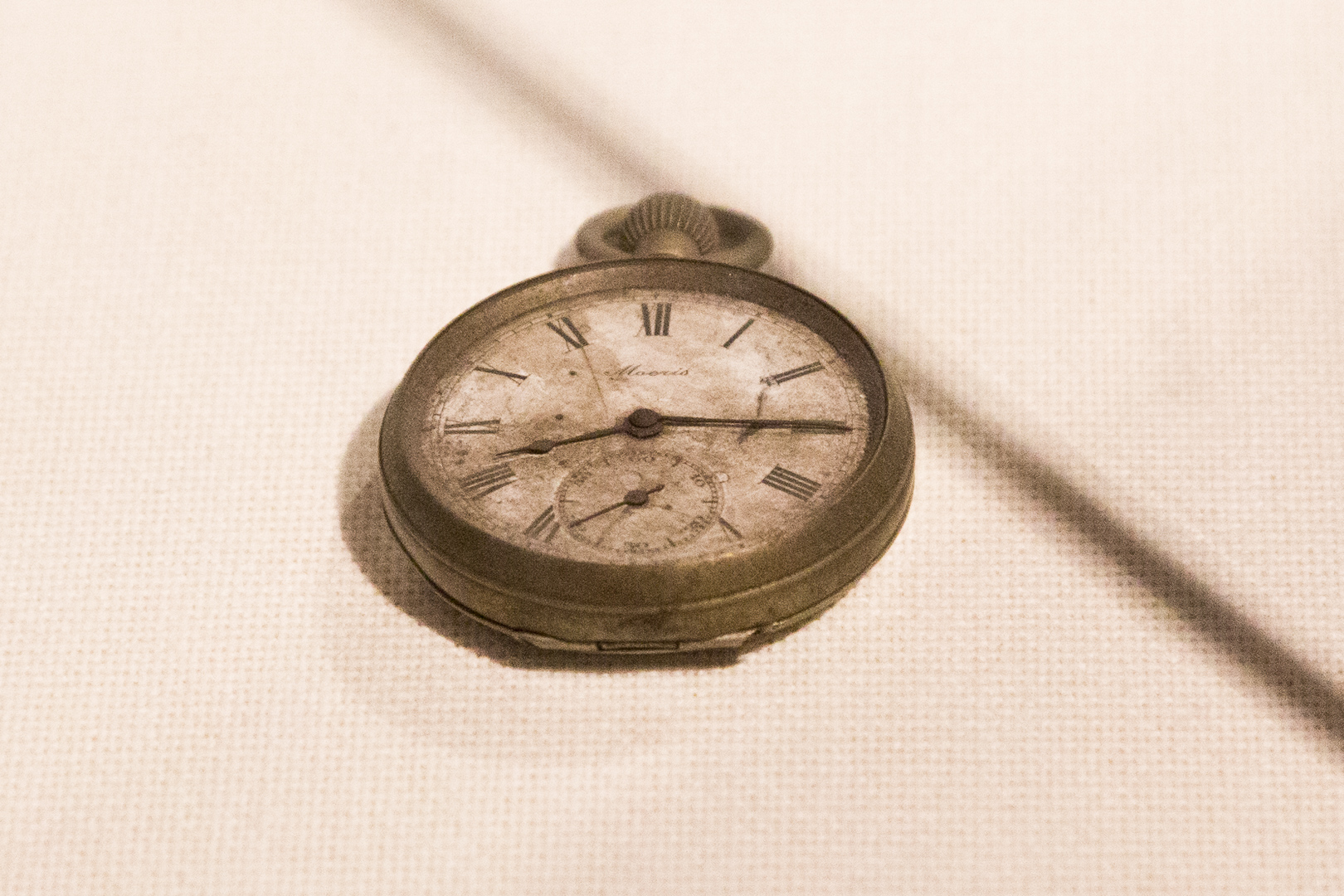

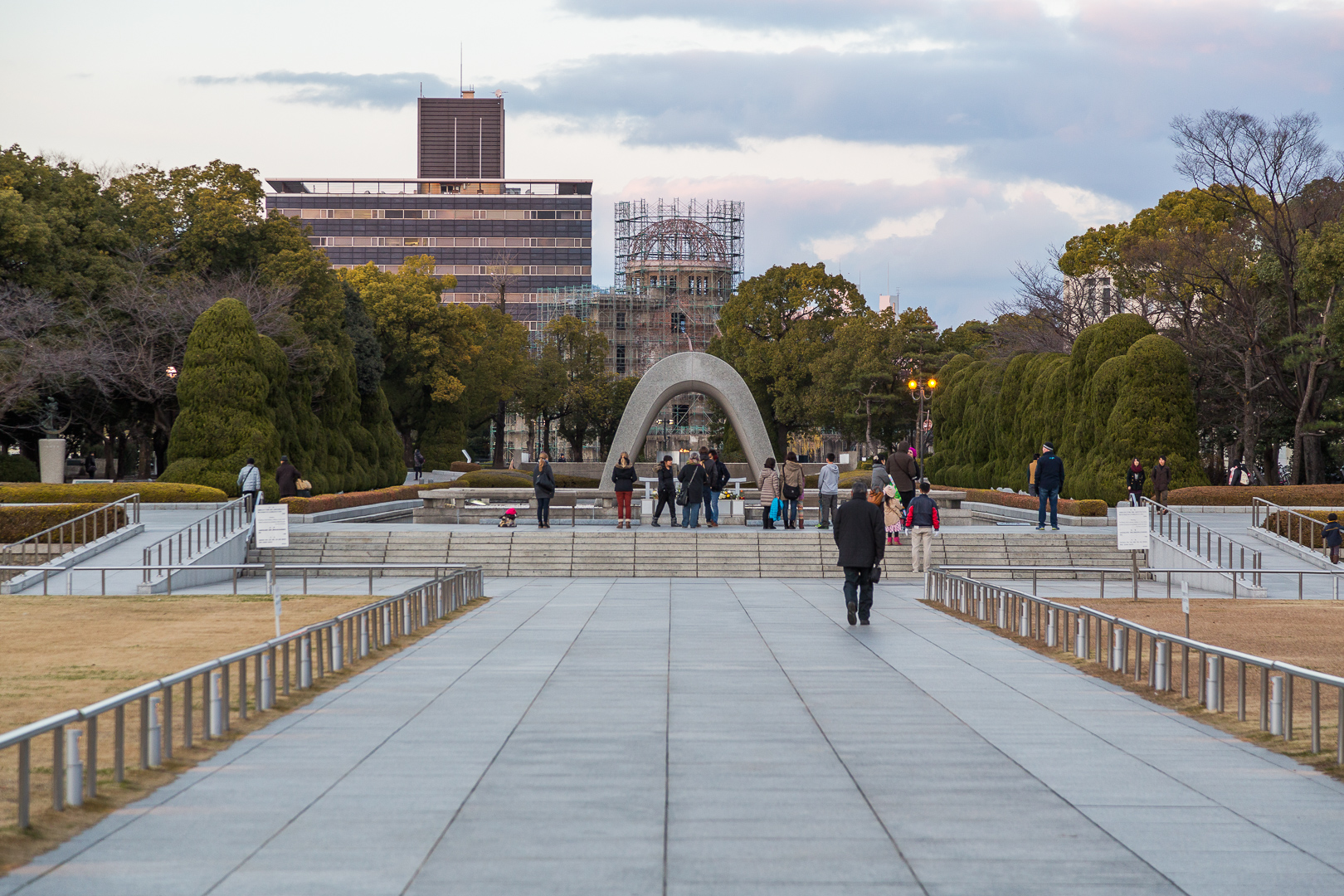
The building stands in a park, the Hiroshima Peace Memorial Park, which also contains the Atomic Memorial (a large concrete arch) and below it the “Eternal Flame” in memory of the catastrophe. If you look through the arch with the Peace Memorial Museum in your back, you have a good view of the “Atomic dome”.
Hiroshima, almost completely destroyed in 1945, is now once again a flourishing metropolis. Apart the historical sites, nothing reminds one of those times. In this city there are also many shopping arcades with shops and restaurants.
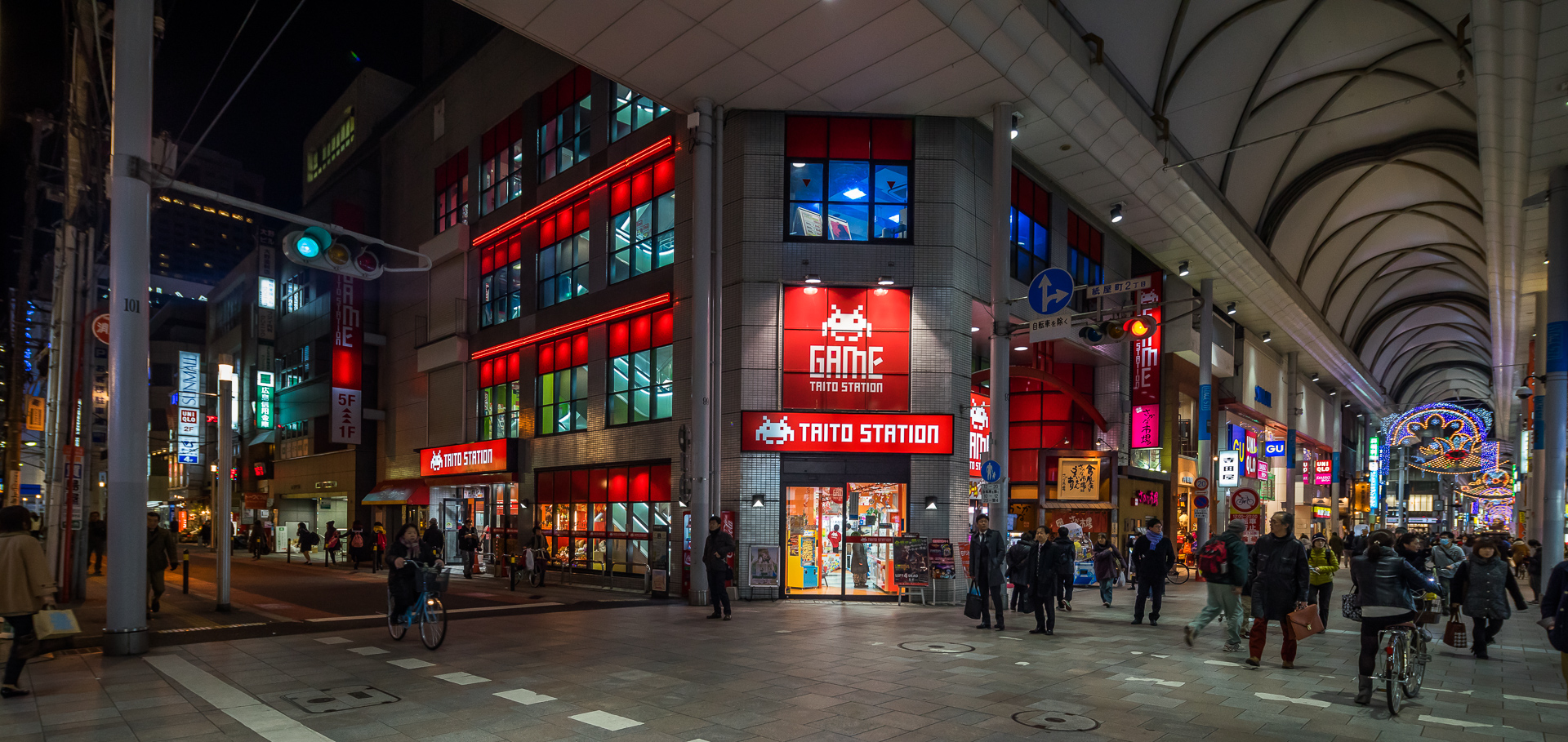
Wide green strips and pedestrian paths run along the large multi-lane roads on the right and left. Again, many areas were decorated at the turn of the year, there were extensive colourful light installations with fairy tale figures, ships and animals.
